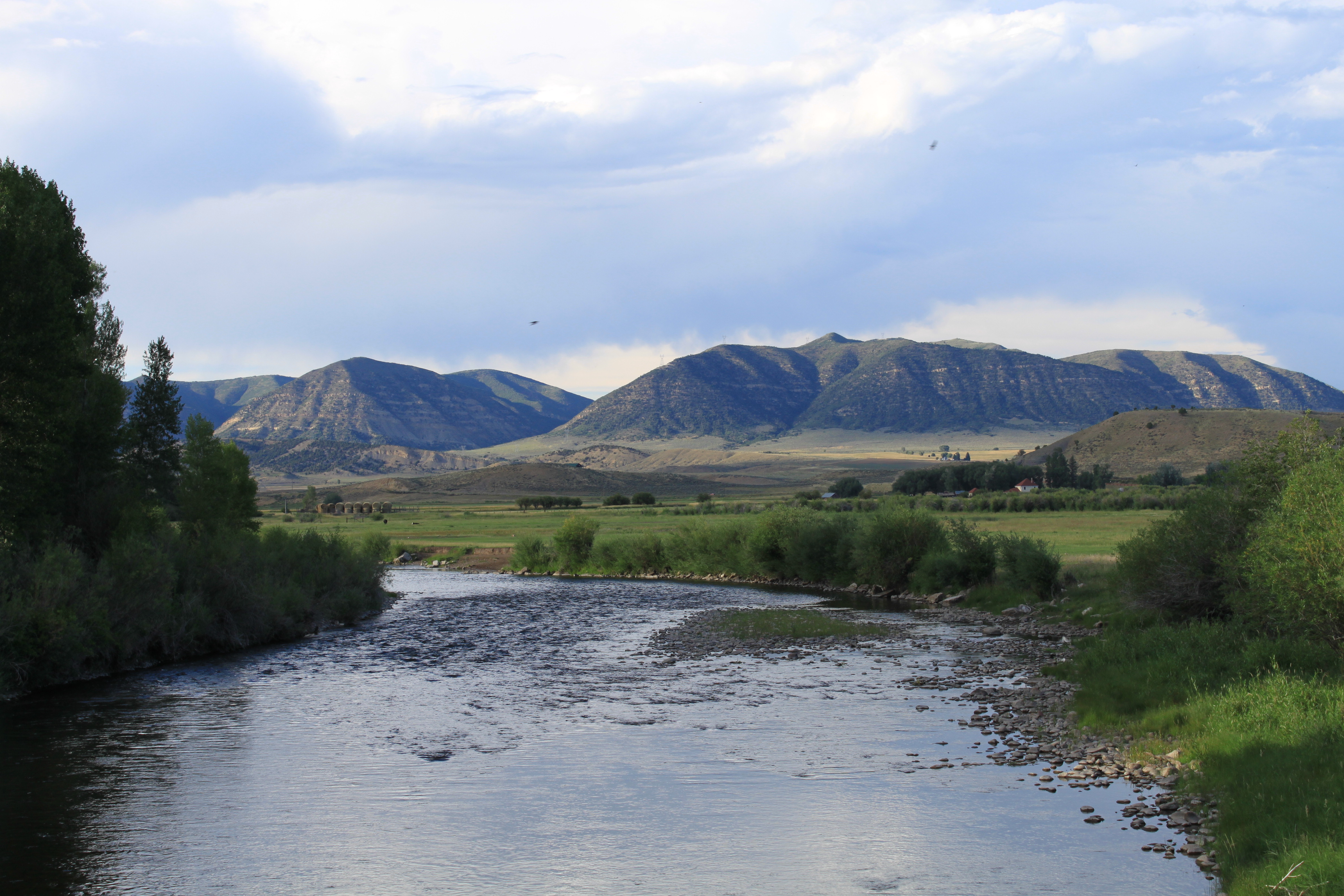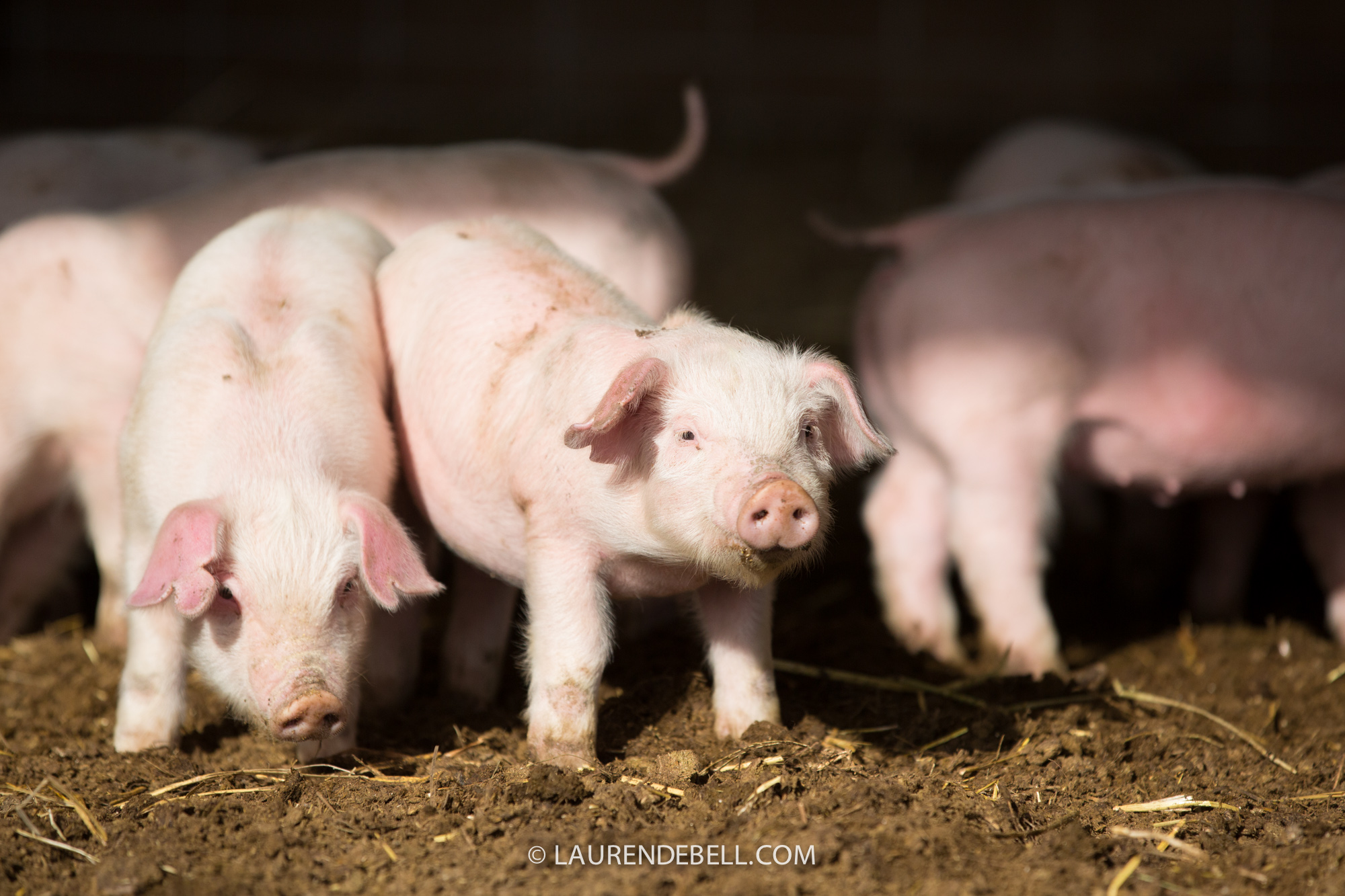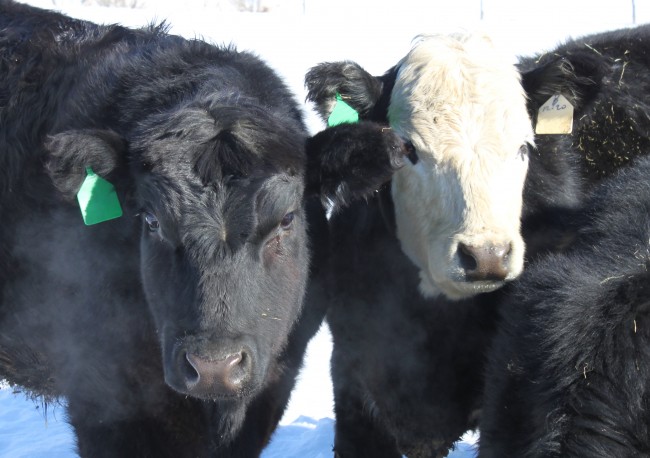So what IS grain finished really? Here is yet another very exciting revelation on the beef and pork industry, being shared today by Rachel, of 5280 Land and Cattle Co. I am so honored to not only have the opportunity to talk with Rachel, but to be able to share her wealth of information with all of you, not to mention the killer short ribs made from their beef – such a delicious paleo meal!
The Colorado-based 5280 Land and Cattle Co. LLC’s objective is to provide quality, clean meat products at an affordable price to families who value knowing where their food comes from. The animals are humanely treated and respected; therefore, eliminating feedlots and cages. 5280 Beef® and 5280 Pork™are free of hormones, steroids and antibiotics. That is why I purchased one of my favorite cuts, the Rib Eye and made one heck of a dish.
In Part 1 we learned a whole lot about ranching, what a ranch goes through and the basics that we consumers really need to know about. In Part 2 we were struck with eye-opening information and we can now safely understand how to choose our meats, and WHY!
So here’s Part 3 – let’s read on and learn more. Thank you, Rachel! It is SUCH A PLEASURE. OMG, you are the best!
1. Now that we know the difference between grass and grain-fed meat, we can dig deeper into the grass-fed distinction. Not all grass-fed is created equal, is it? Can you tell me what grass-finished is?
Yes! This is such an important area to discuss because we really feel this is where a lot of people get confused and labeling can be tricky. Not all grass-fed beef products are grass-finished. When you walk the aisles of your local supermarket, you probably have come across beef products that are labeled “grass-fed”. In fact, almost 100% of the cattle in the U.S. are fed grass. All fine and good, but the question is, are they “grass-finished” or were they “grain-finished”?
Unless the label states that the beef product has been “grass-fed and grass-finished”, there is a good chance the cow has been only “grass-fed”, which means it ate grass the first part of its life and was finished with grain.
The most popular grain used today in feeding cattle is corn. Cows were not intended to eat corn! We have found in talking with the average consumer, the belief that when they buy a “grass-fed” product in the supermarket, that they are indeed getting a “grass-finished” product as well. This is where the misconception lies.
2. How long is an animal “finished” on either grass or grain? What percentage of their life are grain-finished animals actually consuming grain?
The actual percentages are a bit tough to nail down since each animal is going to gain differently. What I do know is that there are three important stages in a steer’s* life:
1) The weaning stage: when a calf is weaned off its mother’s milk and becomes independent, able to graze on grass and hay. (8 months)
2) The growth stage: where a calf begins to grow a frame. Typically, this stage is where a calf begins to grow up and out. During this stage the calf is grazing, eating grass and hay. (birth to 15 months)
3) The finishing stage: This is where the misconception lies. Many ranchers ship their “grass-fed beef” to feedlots. In these feedlots, the steers eat a ration of corn, or other grains, combined with hay, alfalfa, straw and other fillers. In addition, they receive supplements, antibiotics and vitamins to help keep illnesses at bay. Typically, grain finishing takes about 90 days, whereas grass-finishing can take more than 90 days, right now we have steers that we have spread out over a lot longer than a few months. It really depends on the animal and their growth, but the typical age that is prime for processing is 18-24 months old. After that, the meat likely will not taste as good.
*Steer: castrated bull calf
3. Why would someone want to eat grass-finished as opposed to grain-finished? What are some of the health benefits?
We touched on this in part 2, but in addition to the health benefits that we mentioned, it’s our belief that 100% grass-fed beef are typically left on ranches longer, they are not as exposed to feedlots and as many diseases and health problems as some of those cows/steers face. It’s really hard to say though, each rancher has their own way of raising cattle and each feedlot is different. This would just be a more general assessment based on what we’ve read and what we know. Our opinion doesn’t mean that it’s not necessarily happening this way everywhere.
4. The tastes must also vary with these two sub-categories of meat. What is the flavor difference in grass-finished and grain-finished?
Some people cannot really taste a difference; meanwhile others say that it’s less gristly, leaner and maybe slightly gamier than corn-finished beef. We think our beef is on a taste level somewhere between bison and elk.

5. What about organics? How does one ascertain whether their meat is organic or not? Do you feed your animals organic grass?
We are not organic certified. USDA certifications of any kind are very expensive and when we buy hay from a few different ranchers each year, they would all have to be certified organic as well as the calves and steers we buy. What we tell people is this—we do the best we can in providing our animals with local feed. Our hay and alfalfa is bought within our valley from ranchers we know and that Ty has personally known for decades. There is a big grey area between local ranchers and factory farms. They are two totally different businesses and you really can’t compare how the ranchers in our valley produce compared to the way that the big corporations/factory farms are run, it’s totally different. We think that the big change lies after the calves are sold in the fall. From that point, they can go a few different places—from preconditioning lots, to other ranches, to feedlots. It’s really impossible to pinpoint where each calf will end up in the fall.
6. I’d love to hear a bit about how you get the grass that you feed your animals. Do you grow your own?
We do grow our own, but without any water rights, all our feed is dry-land feed, which happens to be the best type of grass for finishing, steers finish well on dry land feed (by dry land we mean that we do not have irrigation rights, so all of our grass’ growth depends on heavy snowpack and wet springs). We will let our grass grow this summer and then bring the steers from their summer pasture over to finish here. We will supplement them with hay and alfalfa when the field gets eaten down. We, along with all the other ranchers, are cutting, bailing, and storing hay right now for the winter. We lease a lot of land as well; this is just a more economical option for us at this point. With irrigated land going for well over $3,500 an acre, a 100 acre parcel doesn’t come cheap!
7. The topic of GMOs is a big one, of course. How do you determine if the grass your animals are fed is GMO or not? Is there a way of testing it?
We’re sure there is a way to test for these things, but we wouldn’t really know where to start! What we do know is that the hay we feed is all native grass—specifically Timothy-Brome. We do not know how often the ranchers truly re-seed their land because again, it’s all native perennial grasses so theoretically, there really is no reason to re-seed unless you purchase property that has not been taken care of properly and the only way to get it back up and running is to plow and re-seed.

8. I have heard that grass-fed meat is less likely to contain pesticides due to grain-fed cattle consuming the pesticides found in grain-fed feed. Is this truer of grass-finished? Is there even less risk of pesticides with grass-fed and finished meat than with grass-fed, grain-finished meat?
It really depends. There are individuals who chemically fertilize their hay fields, but there are just as many who just simply drag their fields and let the manure act as a natural fertilizer. It’s going to vary from ranch to ranch, farmer to farmer, but our goal is to always try to buy hay from those who do not use chemical fertilizers.
9. One excellent reason to eat grass-fed is to avoid antibiotics found in grain-fed meat, which brings up an excellent question regarding grass versus grain finished. Are grain-finished cattle also treated with antibiotics during the finishing process?
Typically, the antibiotics in the finishing feed are going to be found in the commercial feed lots. We have friends who finish off a couple steers each year for their family to eat and they use a Certified USDA Organic grain-finishing feed that is free of antibiotics, and there really is no need for them to supplement with antibiotics because the steers are still living on their ranch and are healthy, but are just eating a different feed. The commercial cows that have that medicine mixed into their feed are given this in order to control disease. They are in tight spaces and are much more susceptible to illness, so sometimes it’s more of a preventative rather than a treatment for an existing illnesses.
10. OK Rachel, last question: is there anything else you’d like to add or tell us?
Hopefully, this info helps clarify a few questions that are on the minds of the consumer. There are a lot of families in agriculture that raise crops and animals the right way. We are really fortunate to live in a valley where we are surrounded by so many families that do raise their sheep, goats, pigs, cows, horses—all the right way. Sometimes those individuals who get the attention for doing things the wrong way overshadow the ones that do it right. Our goal is to be a business that re-directs that spotlight onto those who do the right thing.
Also check out Part 1 and Part 2 of my interviews with Rachel for more on 5280meat, grass-fed and life as a grass-fed rancher!

If you have any questions or suggestions, email me at Info (at) TinaTurbin (dot) com




Very cool! I’m also a Coloradan and I think the best practice is to meet and visit (if you can) farmers. There are some all grass fed cows here in CO that are extremely thin as the grasses can vary in nutrition (many areas are high desert). I know farmers in this situation. They have a pasture-centered approach and supplement with grains. This meat is also less expensive. I’ve purchased from them, though mostly from another all pastured source that I trust. My point is that we can’t all be trained in animal husbandry so it is important to meet and speak to folks when you can (and learn). Also, Nourishing Traditions does note that some grain isn’t a bad thing… I’m still learning though!
Oh and I do love the point about feed lots– another important piece consumers need to educate themselves on.
Hi Michelle,
Thank you for your comment. I’m glad you like the interview and I totally agree with you. It is so great that you have been able to meet farmers. That is such a great way to learn about food and food practices. Thanks for sharing!
Fondly,
Tina